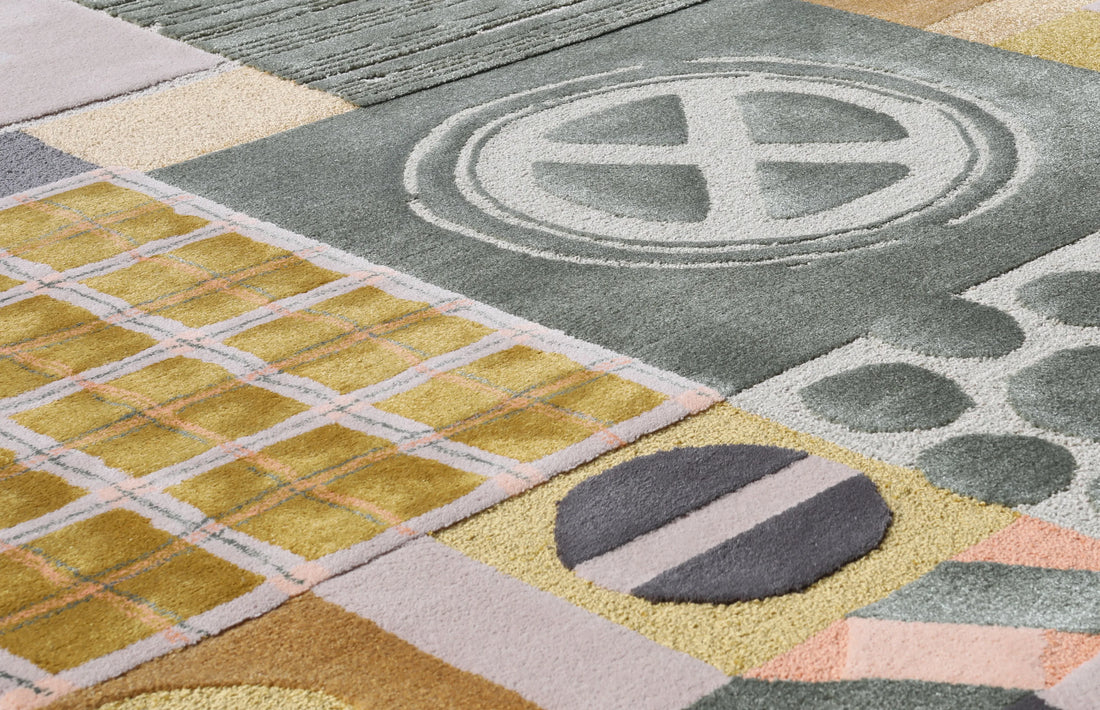
How to Achieve a Cohesive Look with Bespoke Decor
Sai SandeepShare
How to Achieve a Cohesive Look with Bespoke Decor
Creating a home that feels both unique and harmonious can be challenging, especially when incorporating bespoke decor pieces. Custom-made items add a personalized flair and speak volumes about your style, but making them work together in a cohesive manner is key. In this blog, we explore detailed strategies to blend bespoke elements with your overall decor vision, ensuring every piece contributes to a well-balanced space.
Understanding Bespoke Decor
Bespoke decor refers to custom-made or tailor-crafted elements designed specifically for your space. These unique pieces offer more than just aesthetic appeal—they tell your personal story and set your home apart. Here’s what you need to know:
-
Definition and Appeal:
-
Tailored Uniqueness: Every item is created with your taste and space in mind.
-
Artisan Craftsmanship: Often made by skilled artisans, bespoke pieces highlight quality and attention to detail.
-
-
Key Benefits:
-
Personalization: Each piece reflects your individuality and style.
-
Perfect Fit: Custom items are designed to integrate seamlessly with your room’s layout.
-
Timeless Quality: High-quality materials and craftsmanship ensure lasting durability.
-
-
Common Misconceptions:
-
Bespoke decor is only for luxury spaces.
-
It doesn’t work well with minimalist or modern interiors.
-
Laying the Foundation: Planning Your Space
A cohesive look starts long before you bring in your custom pieces. Proper planning is essential to ensure that every element works in harmony.
Identify Your Style
Understanding your personal aesthetic is the first step:
-
Reflect on Your Preferences: Are you drawn to modern minimalism, rustic charm, or eclectic mixes?
-
Blend with Existing Decor: Evaluate how your bespoke pieces can enhance or redefine your current style.
Create a Mood Board and Color Scheme
Visual planning tools help streamline your vision:
-
Mood Boards: Use platforms like Pinterest or Canva to gather images that reflect your desired look.
-
Consistent Color Palette: Choose a color scheme that ties your space together. Stick to 2-3 primary colors, supplemented by accent tones.
Prioritize Functional Pieces
Start with the essentials:
-
Core Items: Invest in foundational pieces like sofas, beds, or dining tables.
-
Practicality Meets Beauty: Ensure that your bespoke choices are not only stunning but also durable and functional for daily use.
Harmonizing Different Elements
Integrating various decor components requires an understanding of design principles. Here’s how to achieve balance:
Color and Texture Coordination
-
Consistent Palette: Stick with a few key colors across all pieces to maintain unity.
-
Mixing Textures: Combine materials (wood, metal, fabric) thoughtfully to add depth without creating visual clutter.
Balancing Patterns and Prints
-
Subtle Integration: Use one statement piece with a bold pattern, balancing it with subtler designs in the rest of the room.
-
Scale and Proportion: Ensure that the size of patterns and prints in bespoke items complements the overall room dimensions.
Pointers for Layout and Spacing
-
Visual Weight: Arrange items so that there’s a balance between heavy and light pieces.
-
Flow and Function: Create natural pathways and focal points, ensuring that every piece has space to shine.
Adding Personal Touches
Your bespoke decor should reflect your personality. Here’s how to add those finishing touches:
Customized Artwork and Accessories
-
Local Artisan Pieces: Incorporate artwork from local artists that resonates with your story.
-
Personal Memorabilia: Display items that hold sentimental value, integrating them with your decor theme.
Bespoke Textiles
-
Custom Cushions and Throws: Choose fabrics and designs that echo your color scheme.
-
Handcrafted Rugs: A bespoke rug can tie a room together while adding warmth and texture.
Statement Furniture
-
Unique Pieces: Invest in a standout piece like a handcrafted coffee table or an intricately designed chair that serves as a focal point.
-
Layering with Smaller Items: Pair bold furniture with carefully chosen decor items to avoid overwhelming the space.
Creating Vignettes
-
Thematic Grouping: Arrange items in small clusters or vignettes that tell a story. For example, group books, candles, and a piece of custom art on a shelf.
-
Balanced Displays: Ensure that each vignette has a mix of textures, heights, and colors to maintain interest and balance.
Real-Life Examples: Bringing It All Together
Seeing how these principles work in practice can be incredibly inspiring.
Case Study 1: Minimalist Living Room with Bespoke Wooden Accents
-
Design Elements: Clean lines, neutral tones, and handcrafted wooden pieces that add warmth.
-
Key Tips: Use minimal clutter and allow each bespoke item to stand out.
Case Study 2: Bohemian Bedroom Featuring Custom Textiles
-
Design Elements: Vibrant colors, eclectic patterns, and layered textures.
-
Key Tips: Balance bold prints with subtle accents and maintain a central color theme.
Insights from Interior Designers
-
Expert Advice: “A cohesive space doesn’t mean every item has to match perfectly. It’s about ensuring there’s a consistent dialogue between all the elements,” explains an experienced interior designer.
-
Practical Pointers: Consider hiring a designer to help integrate bespoke items if you’re unsure about balance and proportion.
Final Touches: Maintaining Balance and Cohesion
A cohesive look is an evolving journey, not a one-time project. Here are some tips to keep your space harmonious over time:
Regular Updates
-
Refreshing Decor: Periodically update your decor to reflect seasonal changes or new inspirations while staying true to your established theme.
-
Evaluating the Layout: Assess your space regularly and rearrange pieces if necessary to maintain balance.
Integrating New Pieces
-
Thoughtful Additions: Introduce new bespoke items gradually, ensuring they align with your existing color palette and style.
-
Avoiding Overload: Resist the urge to add too many items at once—each piece should have a purpose.
Keeping It Practical
-
Comfort First: Remember that a cohesive space is both beautiful and livable.
-
Functional Aesthetics: Ensure that your decor not only pleases the eye but also serves the needs of daily life.
Conclusion
Achieving a cohesive look with bespoke decor is all about balance, planning, and personal expression. By understanding your style, coordinating colors and textures, and thoughtfully integrating unique pieces, you can create a home that tells your story while looking impeccably curated.
Final Tip: Embrace the process—each custom piece is a step toward a more personalized and inviting space. Start small, experiment, and allow your decor to evolve with your tastes and lifestyle.
Ready to begin your bespoke decor journey? Share your experiences and tips in the comments below, and let’s inspire each other to create spaces that truly feel like home!
